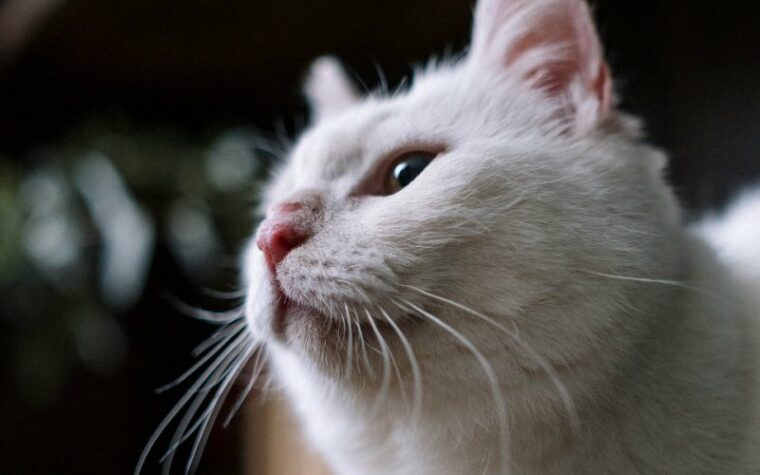
Cat noses are cute—you don’t need us to remind you of that! And while dogs get all the credit for having a brilliant sense of smell, cats have a sense of smell 40 times stronger than us! Indeed, it is one of the main sensory tools that they use in day-to-day life.
As a cat owner, you can quite easily spot a bump or ailment on your cat’s nose. There are three reasons for this. The first is that the nose is on the face, so it’s always visible, unlike more hidden parts of the body like the toes, teeth, or belly. The second is that the skin on the nose is hairless, meaning that any lumps, bumps, or abnormalities are much easier to see. And, thirdly, the skin is a good indicator of an animal’s overall health, as well as specific problems such as bites or growths.
If you’ve spotted a bump on your cat’s nose, this isn’t a reason to panic, as most causes are not necessarily urgent. Fortunately, most bumps on a cat’s nose will resolve with time and appropriate treatment. This article will explore the signs, causes, and care for cats with nose bumps.

What is the Bridge of Your Cat’s Nose?
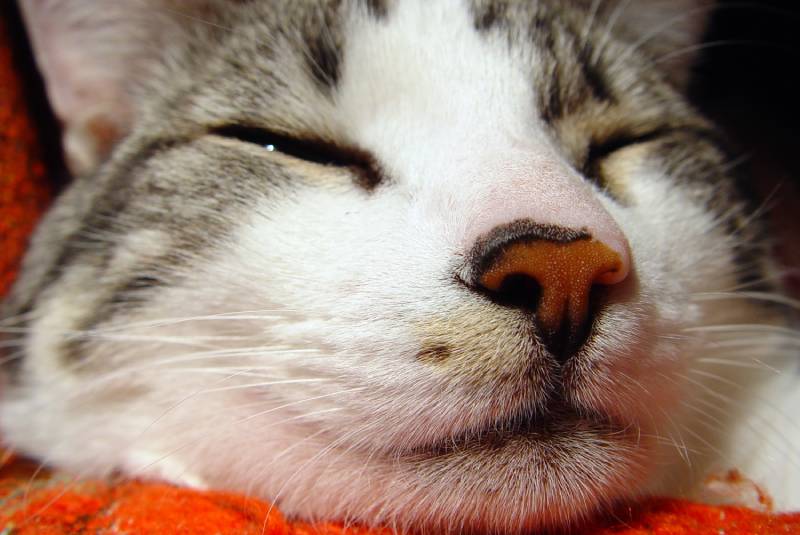
What Are the Signs of Cat Nose Diseases?
What Are the Causes of Cat Nose Bumps?
1. Trauma
Trauma is the word vets use to describe an injury. This is what happens when cats are up to mischief outdoors and hit their nose on something, or get into some rough play with another cat and break the skin. There are a few possible outcomes of trauma. The first is a scratch or cut, which may heal fine by itself. The second is swelling of the soft tissue of the nose, which will also likely settle of its own accord. The third is the formation of an abscess, usually following a bite or scratch from another cat. An abscess is a pus-filled “blister” that usually requires veterinary attention.
2. Bite or allergy
Cats are great at getting their noses into places they shouldn’t. Insect bites on the nose are a fairly common consequence, and ants are often the culprit. However, mosquitoes and flies can also bite a cat’s nose, as it is hairless skin. The bites can result in a small singular spot, but they can cause more diffuse swelling of the different parts of the nose.
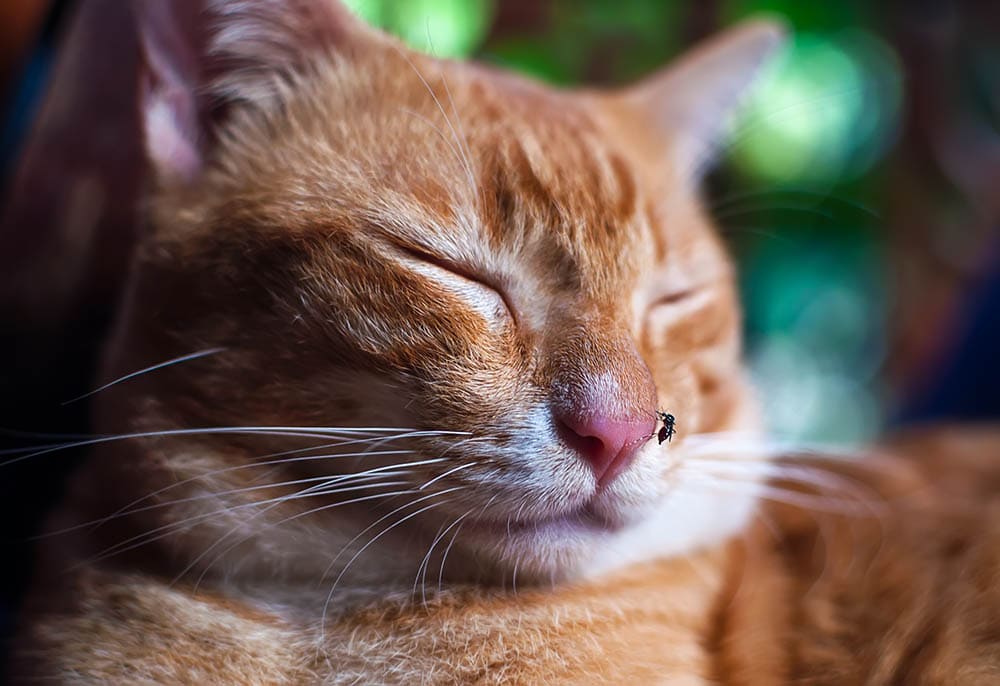
3. Infection
Some cats are prone to contracting infections of the respiratory tract. You may hear this referred to as “cat flu”, though it is caused by feline herpesvirus (or possibly other cat-specific viruses). Vets refer to these upper respiratory tract infections as “rhinitis”, “sinusitis” if the sinuses are infected, or “rhinosinusitis” if both are infected. Other fungal and protozoal bugs can cause infections of the nose and nasal cavity. All of these infections can cause sneezing, discharge from the nose, changes to breathing, and swelling of the nose.
4. Sunburn
Sunburn primarily affects white or pale-coated cats, but any cat can be sunburnt. Of course, cats that spend more time outside are more prone to sunburn. Sunburn will often be most obvious on the nose and ears, as there is very little hair to protect the skin in these regions. Sunburnt skin appears red, scabby, or crusty. We recommend using pet-grade sunscreen as needed.
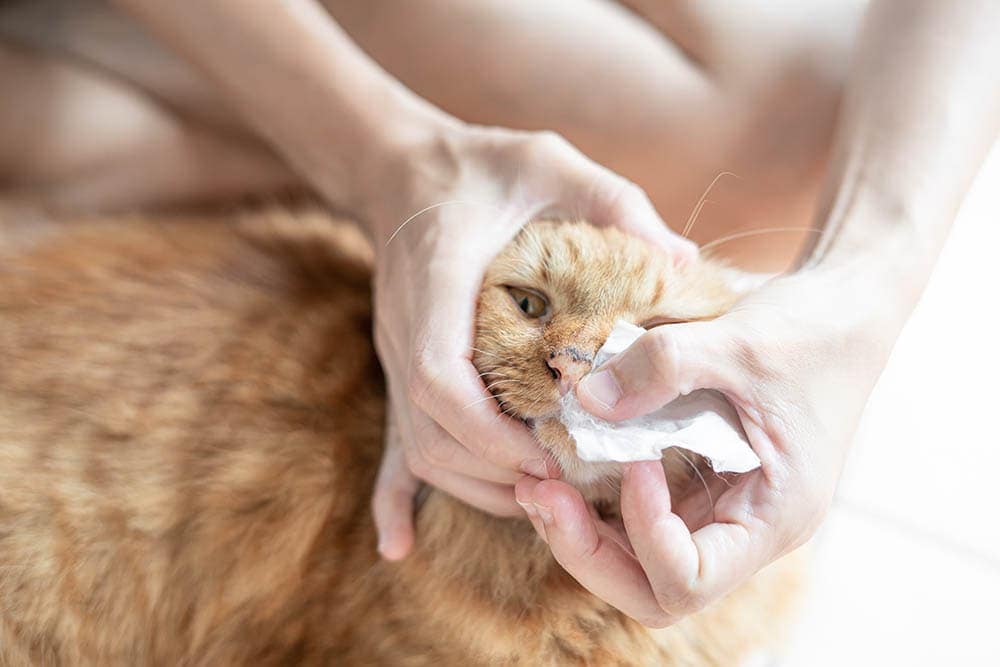
5. Tumor
The most common tumor on the bridge of the nose in cats is squamous cell carcinoma. These often start out as sunburn, which emphasizes the importance of sun protection. Other tumors can also develop on and in the nose, including lymphoma and polyps. Any growths are always worth getting checked by a veterinarian.

What Should You Do if You Find a Bump on Your Cat’s Nose?
The first thing to do is take a photo of the bump or lesion. This will allow you to monitor any changes over the coming days. It’s also handy to show this photo to your veterinarian if you end up having a visit there with your cat.
If you’ve just noticed a small bump or scratch, and your cat is otherwise completely fine, you may consider keeping an eye on it for a day or two.
If you have any concerns or notice any of the below signs, then it’s best to get your cat checked by a veterinarian.
When Should You Be Concerned?
If the bump or injury is mild and able to heal by itself, this is usually going to happen in 1 or 2 days. Some “red flags” that warrant a visit to the vet include:
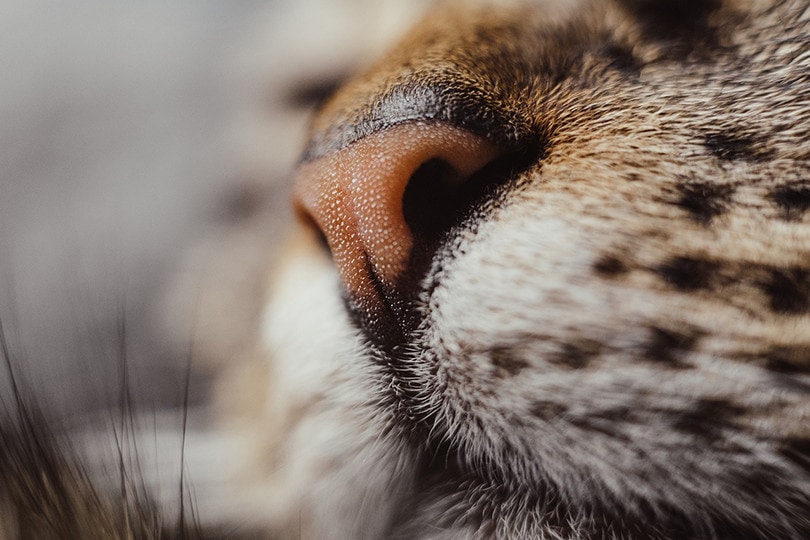
What Treatment Options Are Available?
This depends largely on the cause of the bump or lesion. For mild trauma, rest and TLC are all that are required. For infections or bites, anti-inflammatories or antibiotics may be warranted. For tumors or abscesses, surgery is occasionally necessary. Your vet will be able to talk you through these options.

Summary
We often wish our pets could talk to us to tell us what happened, or what the problem is. In the case of cats, it doesn’t help that they are great at hiding their pain or other signs of illness! Use the above information and tips as a guide if you’ve noticed a bump on your cat’s nose.
If you’re concerned, unsure, or just want to be safe, a consultation with a vet is always a great idea.
Featured Image Credit: cottonbro studio, Pexels






